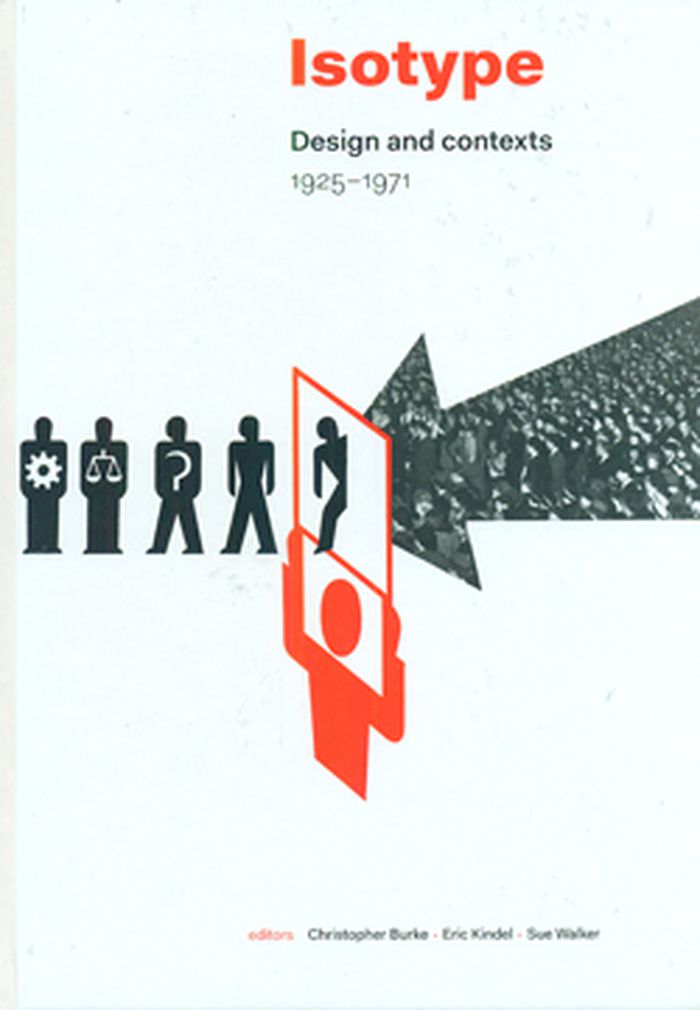livres
Topography papers . 7
$44.00
(disponible sur commande)
Résumé:
Typography Papers is an occasional book-length publication with a broad international scope, publishing extended articles relating typography to adjacent disciplines. Number 7 presents an eclectic collection of articles beginning with a lengthy consideration by type historian H. D. L. Vervliet of Claude Garamond: the designer whose new roman typefaces debuted in Paris in(...)
juillet 2007, London
Topography papers . 7
Actions:
Prix:
$44.00
(disponible sur commande)
Résumé:
Typography Papers is an occasional book-length publication with a broad international scope, publishing extended articles relating typography to adjacent disciplines. Number 7 presents an eclectic collection of articles beginning with a lengthy consideration by type historian H. D. L. Vervliet of Claude Garamond: the designer whose new roman typefaces debuted in Paris in the 1530s and went on to dominate Western typography for the next two centuries. The late Justin Howes looks at the eighteenth-century belief in the necessity of perfection in type and printing. Eric Kindel discusses a nineteenth-century scheme for univeral letters. Sue Walker writes on twentieth-century typefaces designed for reading by young children. The issue concludes with Linda Reynolds's eyewitness account of pioneering work in legibility research in the 1970s and 1980s.
livres
juillet 2007, London
$75.00
(disponible sur commande)
Résumé:
Austrian sociologist Otto Neurath developed the Isotype system of pictograms in the early 1930s as a way to communicate complex information in visual form. Appearing in a variety of media, including books, posters, and films, it was designed to inform ordinary citizens about their place in the world. Isotype is the first comprehensive account of this seminal movement in(...)
mars 2014
Isotype:design and contexts 1925-1971
Actions:
Prix:
$75.00
(disponible sur commande)
Résumé:
Austrian sociologist Otto Neurath developed the Isotype system of pictograms in the early 1930s as a way to communicate complex information in visual form. Appearing in a variety of media, including books, posters, and films, it was designed to inform ordinary citizens about their place in the world. Isotype is the first comprehensive account of this seminal movement in the history of visual communication.
